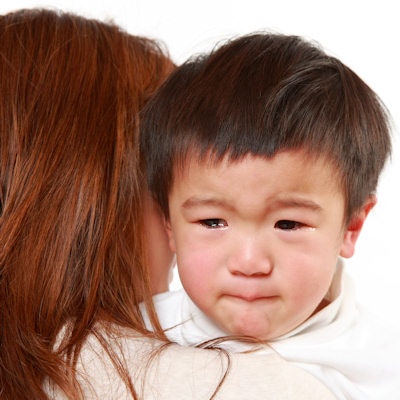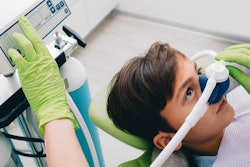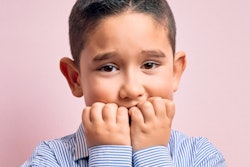
Could data from blood tests be used to determine which children might have an unusually high fear of dental procedures? Researchers used blood tests to determine that dental fear is directly linked to levels of salivary cortisol and amylase levels in children between the ages of 6 and 9, according to a study published in BMC Oral Health.
Heightened salivary amylase levels also appear effective at detecting dental phobia in children of the same age group, the authors noted.
"Within the limitations of this study, we can conclude that salivary amylase is an indicator of acute stress that can differentiate between anxiety and dental fear," wrote the authors, led by Majed AlMaummar, PhD, of National Guard Health Affairs in Riyadh, Saudi Arabia (BMC Oral Health September 6, 2019).
The study included approximately 150 children who were treated at the dental clinics of King Abdulaziz Medical City and Riyadh Elm University's College of Dentistry in Riyadh. Researchers reviewed demographic data provided by parents, dentists' notes from their clinical exams, and answers from the Children's Fear Survey Schedule, which is a subjective measure of dental fear in children.
Based on the answers to the fear questionnaire, the children were placed in one of three groups: control, phobic, or anxious. Then their levels of salivary amylase and cortisol were measured with blood tests and correlated to the fear categories in picograms/liter (pcg/L). Follow-ups were done on the children three months and one year after treatments.
The scores showed the levels of salivary amylase were higher in phobic patients, followed by anxious patients at both the three-month and one-year checkups.
| Correlation of salivary amylase levels with dental fear scores | |||
| Patient type | Control | Anxious | Phobic |
| Mean levels of salivary amylase at three-month follow-up in pcg/L | 36,390 | 48,540 | 69,990 |
| Mean levels of salivary amylase at one-year follow-up in pcg/L | 36,210 | 47,210 | 71,950 |
| Correlation of cortisol levels with dental fear scores | |||
| Patient type | Control | Anxious | Phobic |
| Mean cortisol levels at three-month follow-up in pcg/L | 5.0 | 9.8 | 12.6 |
| Mean cortisol levels at one-year follow-up in pcg/L | 5.6 | 10.9 | 11.6 |
The findings suggested there was value in classifying patients as anxious or phobic because amylase and cortisol levels demonstrated dental phobia is distinct from dental fear, anxiety, or both. Also, the emotional states manifest differently in terms of biomarkers secreted.
Some limitations to the study included a lack of standardization of behavior management techniques and initial behavior ratings. Another limitation was the use of a less specific initial screening tool, which was necessary to access treating clinicians' records.
Despite the limitations, dentists can use the findings to help patients control their behaviors.
"The results of the study provide clinical implications for researchers who seek to apply behavior modification techniques on children with dental phobia and dental anxiety," Dr. AlMaummar wrote.




















